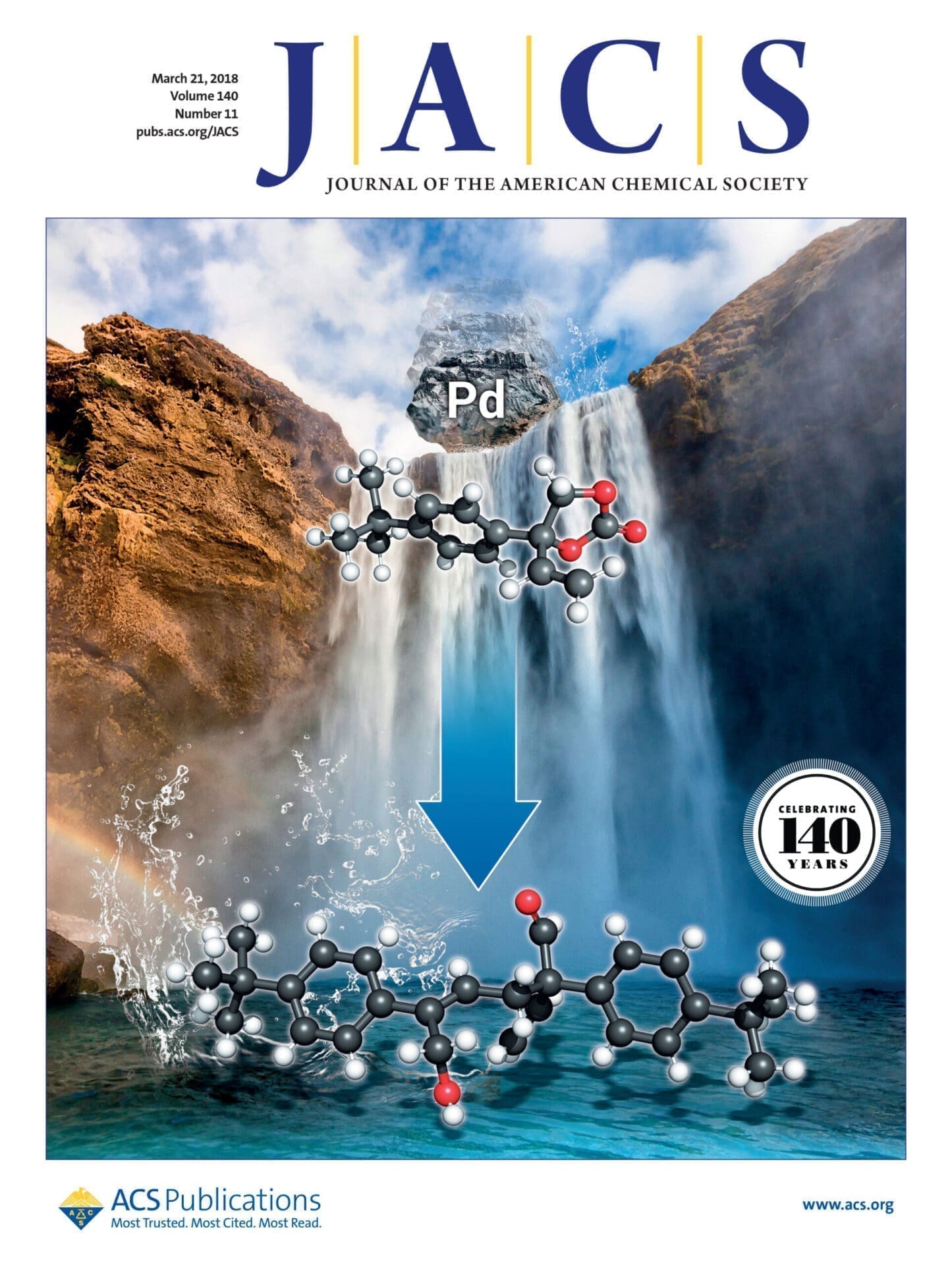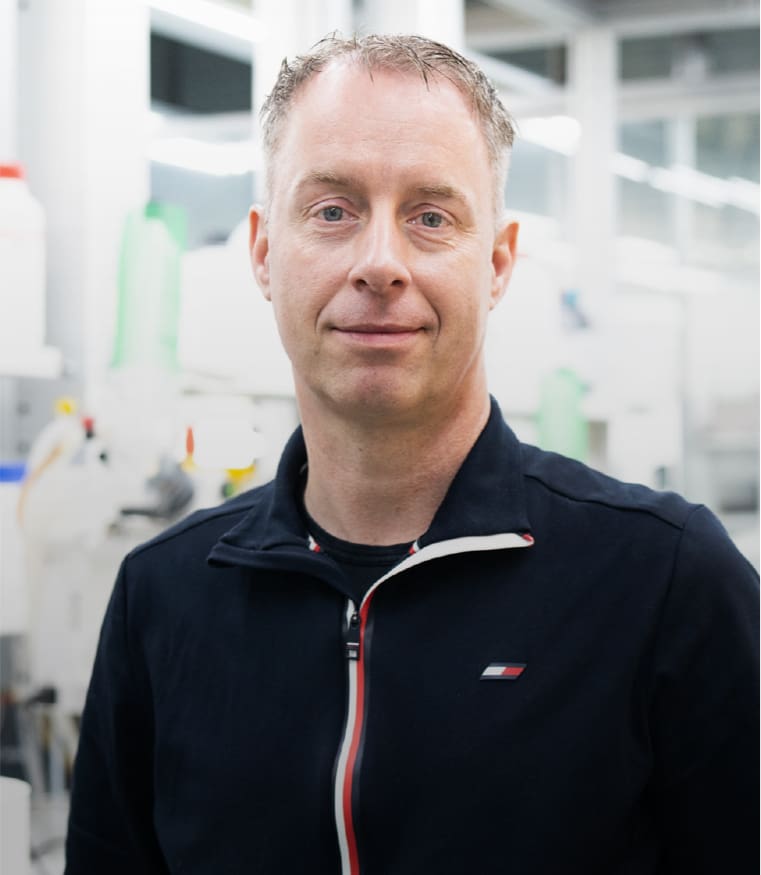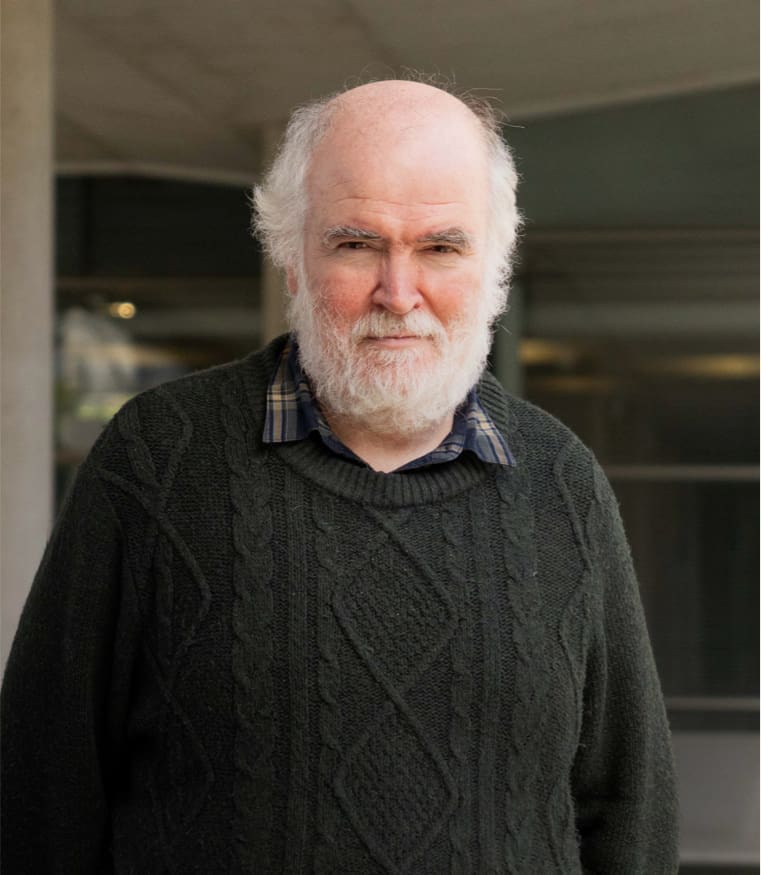A Domino Process towards Functionally Dense Quaternary Carbons through Pd-Catalyzed Decarboxylative Csp3-Csp3 Bond Formation
An efficient protocol was developed to construct functionally dense quaternary carbons with concomitant formation of a new Csp3-Csp3 bond via Pd-catalyzed decarboxylative transformation of vinyl cyclic carbonates. This redox neutral catalytic system features stereocontrolled formation of multi-substituted allylic scaffolds with an aldehyde functionality generated in situ, and it typically can be performed at room temperature without any additives. DFT calculations provide a rationale towards the selective formation of these compounds, and revealed a complex mechanism that is able to reproduce with the help of microkinetic models the non-trivial dependence between the identity of the product and the nature of the substituents in the substrate.

W. Guo, R. Kuniyil, J.E. Gómez, F. Maseras, A.W. Kleij
J. Am. Chem. Soc. 2018, 140, 3981-3987
DOI:
10.1021/jacs.7b12608

Let's create a brighter future
Join our team to work with renowned researchers, tackle groundbreaking
projects and contribute to meaningful scientific advancements






















